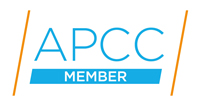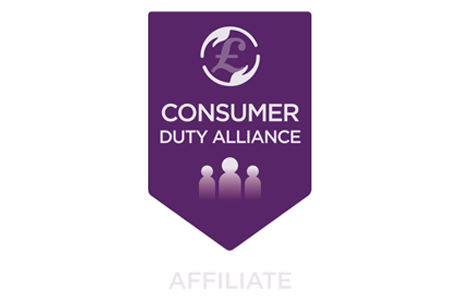Choosing the right social media platform for you

Megan Chester
14 August 2023Let’s start with why use social?
Ultimately, the main goal of using social media for your business should be to increase leads, generate more visitors to your website and increase brand awareness amongst your followers. In order for it to be worthwhile and a good investment of your time, you need to be meeting at least one, but ideally all of these objectives.Ok, so what social media platforms are you choosing from?
According to the Exploding Topics, the top platforms globally in 2023 (in order of their monthly active users worldwide) are as follows: Facebook, WhatsApp, YouTube, Instagram, TikTok, Snapchat, Pinterest, Reddit, Twitter (now called X) and LinkedIn. For perspective, Facebook has a reported 3.03bn monthly active users and LinkedIn has just 310 million. I imagine that this may be surprising to some of you, it certainly was to me, and may help you think about how you develop your social media strategy.In order for social media to meet your desired objectives as above, you must be on the right social media platform(s). Given the number of different platforms, and that each platform has different aims and requirements in terms of what content you would be able to post, it would be unrealistic to attempt to use all platforms at the same time unless you have a large, established marketing team – in which case, I wouldn’t have thought you’d be reading this blog!
If, however, you don’t have a marketing team to run all of the platforms for you at the same time, the next question is about deciding which platforms you are going to use in order to maximise your return on investment (your investment primarily being the time you put into it).
What you really don’t want to do is to start off really engaged and active on social media, and then become too busy or forget about it and let the account fizzle out. From the beginning, you need to carve out some time each week that you can commit to maintaining your social media presence, ensuring that you are consistent with your content. We’d recommend allocating at least an hour or two per week to deal with social media and add it to your calendar as appointments, perhaps splitting up into half hour slots. It may be worth creating a “bank” of content and getting a few weeks’ worth of posts before implementing your strategy to ensure you’re proactive instead of reactive.
Some ideas of content you could create and which platforms could this work on?
Videos, photos, images you have created (for example on Canva, see our Guide from last week’s Marketing Month!), and blog articles. All of these can make your posts more interesting than just using some simple wording.What kind of themes and topics could you cover?
- Market or economic updates
- ‘Meet the team’ giving introductions to your team members which will help give your business a more personal feel
- Details of product areas you can help with and who these might be of interest to. For example, mortgages, equity release, pensions, investments, protection, general insurance and more
- What’s going on in your business – for example, photos from team nights out, special days in your office, meetings you have had
- Informative videos discussing hot topics and important things for your customers to be aware of
- Blog articles – here are just a few ideas on themes: what to expect as a first time buyer, how to manage your cashflow during the cost of living crisis, what exactly is a green mortgage?
What do those terms mean?
Likes
Liking a post is a way of engaging and showing ‘approval’ for content; it allows users to show how they feel about a post in one click, without having to write anything. Likes lead to more attention because the algorithm on these social media platforms show content that is popular and highlights it as deserving a higher spot in search results. However, people tend to ‘mindlessly’ like posts without truly engaging with them, and as such, likes alone are not enough.Clicks
Clicking on links is an easy way to engage with a post and this is something that can be found in your analytic reports. We recommend you always use calls to action in your social media posts. This is because it’s a really good way to determine if you have caught the attention of the reader, as they will hopefully want to find out more, which they can do by clicking the link.Impressions
These tell you how many times your post showed up in someone's newsfeed/timeline, either because they are one of your followers or because someone they engaged with your content. Don’t forget - impressions don’t necessarily mean that someone actually looked at your post or even noticed it, it simply means that they have had a chance to.Ultimately, however successful your social media account is in terms of generating likes and shares from your followers, if your activity isn’t generating leads for you, then you're either on the wrong platform or the content you’re producing isn’t working for your target audience.
Ask yourself whether the people engaging with your posts are actually interested in becoming, or staying, a customer of yours? If they’re not, then recognising this is the first step in resolving the issue. You should be able to use analytics tools, as well as assessing the number of leads and enquiries you are receiving, as a means of identifying if it’s working or not.
Don’t worry if you only have a small audience to start with! As long as your audience is engaging with your content, no matter how small it might be, it will grow organically and generate more leads. It’s not an overnight process, so don’t panic if it’s not growing quite as quickly as you might have hoped.
It may seem a little daunting, but if the platform you’re trying to use isn’t working, it might be time to try something new – after all, you’ve not got much to lose! Depending on the demographic that you’re trying to target, why not consider some of the ‘newer’ platforms such as Instagram or TikTok and switch things up a bit!


